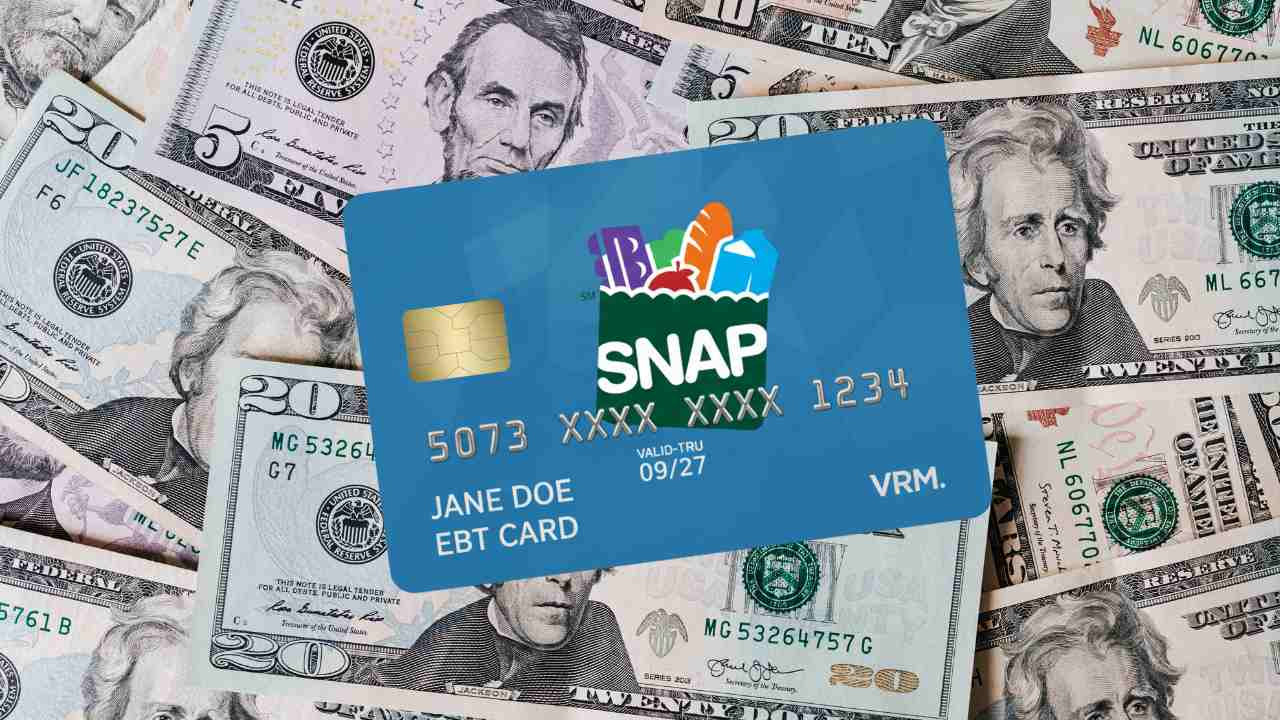The Supplemental Nutrition Assistance Program (SNAP), commonly known as food stamps, helps low-income households across the United States purchase groceries. It is administered through monthly benefits provided via Electronic Benefit Transfer (EBT) cards.
SNAP benefits are intended to cover basic food needs. However, the program includes employment requirements designed to encourage economic independence, divided into general rules and specific provisions for Able-bodied adults without dependents (ABAWD).
Changes to SNAP benefits that could tighten requirements
During 2025, new changes were implemented as a result of the One Big Beautiful Bill (OBBBA), signed by President Donald Trump, signed by President Trump in July of that year. These amendments broadened the scope of labor obligations, impacting a greater number of beneficiaries and reducing the circumstances of exemption.
Implementation took place on November 1, 2025, immediately following a temporary interruption in benefits caused by a government shutdown. This analysis describes the transformations, the affected population, the compliance mechanisms, and the consequences for program participants.
SNAP Benefits: Expansion of labor requirements
The labor provisions in SNAP had previous precedents, but the new regulations extended them to include a wider range of individuals and restrict exemptions, with the explicit purpose of reducing fraud and promoting employment.
Among the most significant changes is the expansion of the age range for ABAWD, which previously covered ages 18 to 54 and now extends to 64. Additionally, it now includes parents whose youngest child is 14 or older, eliminating the previous exception for households with children under 18.
Specific exemptions that protected veterans, the homeless, and young people leaving the foster care system were eliminated. However, some sources suggest that these exclusions may remain in place in certain contexts. In addition, restrictions were placed on state unemployment exemptions, allowing them only in areas with an unemployment rate above 10%, which reduces the flexibility previously available for areas with depressed labor markets.
Are you an ABAWD? You must know this
The general requirements apply to people aged 16 to 59, potentially extending to age 64, and include the obligation to register for work and not to voluntarily leave employment.
For those with reduced working lives (ABAWD), there is a requirement to complete 80 hours per month in paid work, training, volunteering, or a combination of these activities; otherwise, benefits are limited to three months within a 36-month period.
These changes ended the exemptions implemented during the pandemic and were applied nationwide, with notifications to beneficiaries beginning in November 2025.
Population impacted by the new SNAP restrictions
The changes affect approximately 2.7 million households, equivalent to about 5.4 million people, according to official projections. The main groups impacted include adults aged 55 to 64 without dependents, as well as parents with children aged 14 and older.
Veterans, the homeless, and former foster children are now subject to these requirements, representing a significant change in their status.
It is estimated that an additional 700,000 to 900,000 ABAWDs became subject to the rules. Households with members who work part-time or in the gig economy are also affected due to the irregular nature of their income and employment. The application is uniform across all states, including those that previously did not use unemployment exemptions.
How to inform the authorities you meet the new SNAP requirements
To meet the general requirements, participants must work a minimum of 30 hours per week, participate in education and training (E&T) or workfare programs, accept suitable job offers, and not reduce their working hours without a justifiable reason. For ABAWD participants, the 80 monthly hours may be distributed among paid work, volunteer activities, training programs, or a combination thereof.
Compliance can be verified through pay stubs, employer-issued verifications, or tax returns. States are required to notify beneficiaries and provide opportunities to verify compliance, a process that often coincides with recertification cycles, which vary between 4 and 24 months.
Exemptions under the new SNAP regulations
Despite the general reduction, certain exemptions remain in place for individuals with documented physical or mental disabilities, pregnant women, and primary caregivers of children under 6 years of age or individuals with disabilities. Specifically for ABAWDs, the exemption applies to caregivers of children under 14 years of age.
Also exempt are students enrolled part-time in educational institutions or training programs, participants in addiction treatment programs, and residents of areas with unemployment rates above 10%, although these geographic exemptions are now more limited. Some Native Americans and other specific cases may qualify for exclusions. States have the discretionary power to grant exemptions in up to 12% of ABAWD cases.







